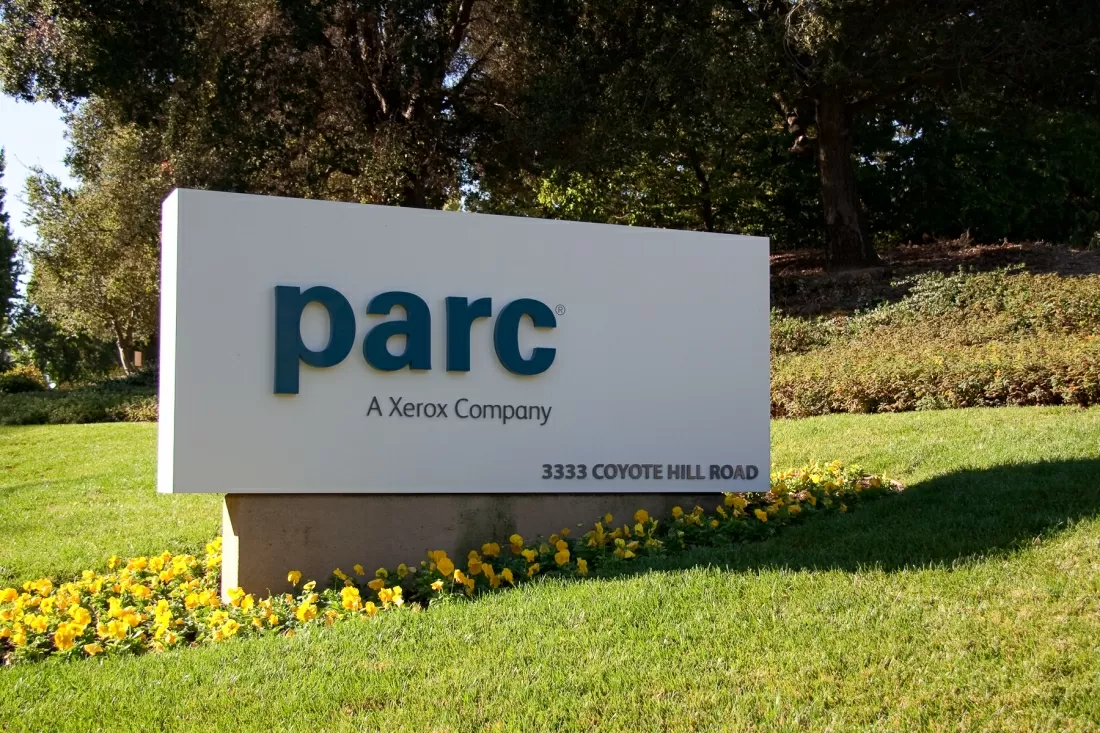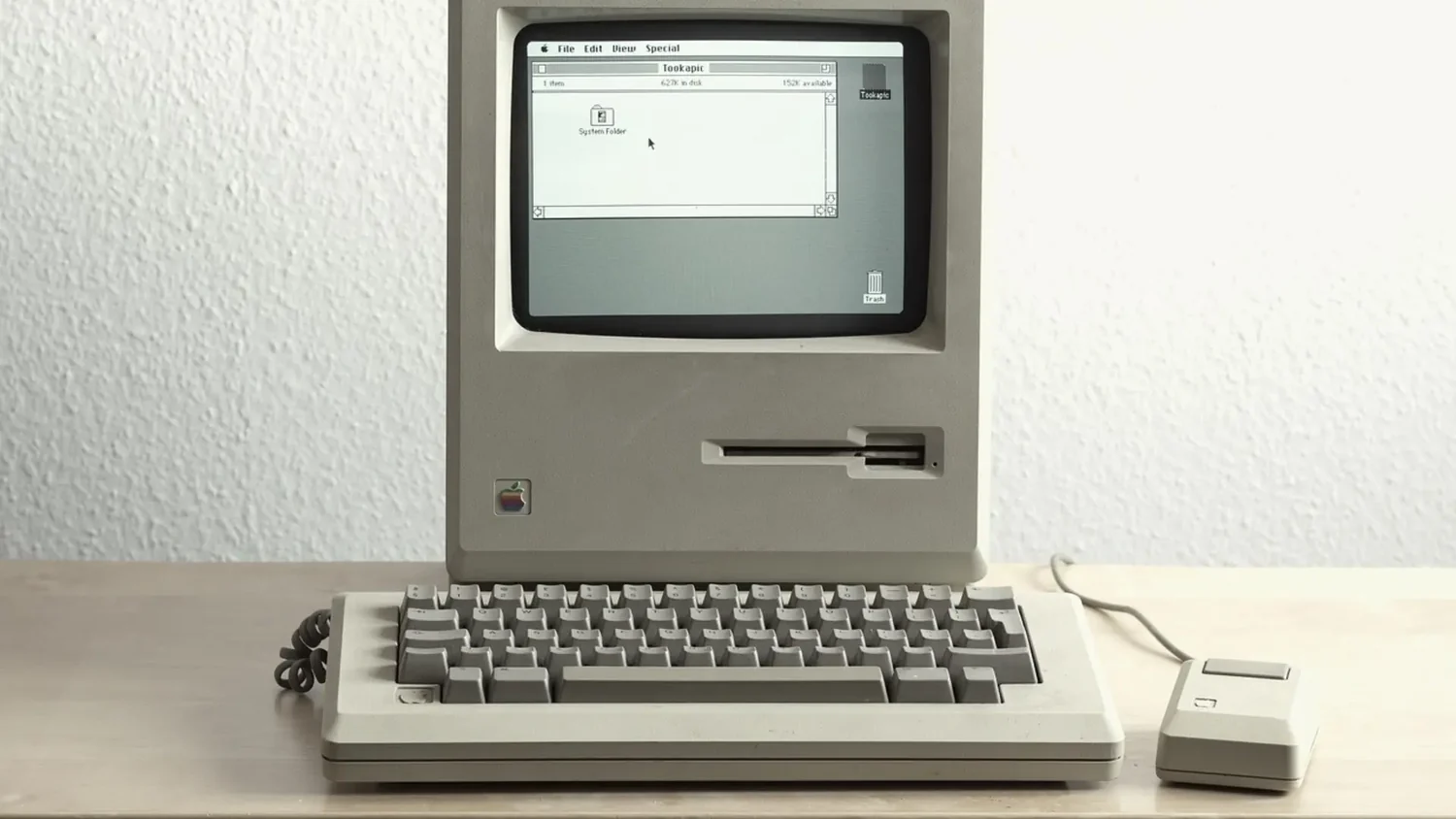Xerox PARC Explained: How It Shaped Today's Technology
- Imagine inventing the mouse and the GUI, but someone else gets rich off them.
- Xerox had the future in its grasp—so why did Apple steal the show?
- Ready for the wild tale of how Xerox changed tech forever but missed the jackpot? Read on.
On July 1, 1970, the Xerox Palo Alto Research Center, commonly known as Xerox PARC, opened its doors with a bold mandate: to invent the technologies of the future. Nestled in California's Silicon Valley, this research hub assembled some of the greatest minds in science, engineering, and programming. The innovations that emerged from PARC are so integral to modern computing that we often take them for granted today. Photo via TechSpot // The original computer mouse developed by Xerox PARC engineers.
Photo via TechSpot // The original computer mouse developed by Xerox PARC engineers.
The Birthplace of Modern Computing
Xerox PARC was a crucible of groundbreaking inventions:
- The Ethernet: The foundational technology for local area networks, enabling computers to communicate over short distances.
- The Graphical User Interface (GUI): A revolutionary way for users to interact with computers using windows, icons, and menus.
- The Mouse: A pointing device that became a staple of personal computing.
- Laser Printers: Transforming how documents are printed with speed and precision.
- Page Description Languages: The precursor to PostScript, enabling complex page layouts and graphics.
These innovations didn't just advance technology; they shaped the very fabric of our digital lives. Photo via ArsTechnica // The Xerox Alto, the first-ever computer with a GUI interface, connected to an early Ethernet network, pioneering shared computing resources.
Photo via ArsTechnica // The Xerox Alto, the first-ever computer with a GUI interface, connected to an early Ethernet network, pioneering shared computing resources.
Innovation Without Profit
Despite its trailblazing work, Xerox struggled to monetize PARC's inventions. While PARC developed the GUI and the mouse, it was Apple that brought these technologies to the masses with the launch of the Macintosh in 1984. Steve Jobs first visited PARC in December 1979 as part of a deal allowing Xerox to buy shares of Apple. He was "blown away" by what he saw, immediately recognizing the commercial potential that Xerox's executives overlooked.
John Seely Brown, former Chief Scientist and Director at Xerox PARC, poignantly noted:
Not everything we start ends up fitting with our business later on... Sometimes we must work particularly hard to find the 'architecture of revenues.'
Xerox's main business was copiers, and its executives—dubbed "toner heads"—failed to see how PARC's innovations fit into their business model. They lacked the frameworks and processes to turn groundbreaking research into profitable products.
The Three Pillars of Successful Innovation
For companies to turn ideas into commercial success, they need to:
- Facilitate Creativity: Encourage serendipitous interactions that spark new ideas.
- Capture and Test Ideas: Systematically evaluate the outputs of creative processes.
- Commercialize Successfully: Develop business models that turn innovations into profitable products.
In the case of the Apple Macintosh, these steps occurred across different organizations. Malcolm Gladwell observed:
The mouse was conceived by the computer scientist Douglas Engelbart, developed by Xerox PARC, and made marketable by Apple.
Xerox excelled in invention but faltered in commercialization—a gap that Apple adeptly filled. Photo via Solumics // The original iMac with the first commercial mouse. As Steve Jobs once said; "Good artists copy, great artists steal."
Photo via Solumics // The original iMac with the first commercial mouse. As Steve Jobs once said; "Good artists copy, great artists steal."
The Importance of Business Models
Technological innovation isn't enough; it must be paired with a sustainable business model. Steve Jobs wasn't a magician; he understood the market because he had already launched three versions of a personal computer. His experience allowed him to see how PARC's technologies could meet customer needs.
As companies invest in R&D, they should equally invest in exploring new business models—researching customer needs, market channels, and revenue streams. This dual approach can transform inventions into marketable products.
A New Chapter for PARC
In 2002, PARC became an independent, wholly-owned subsidiary of Xerox and reinvented itself. It now collaborates closely with clients, turning cutting-edge research into viable products and services. According to an article in Harvard Business Review, PARC's success hinges on:
- Customer Partnerships: Working closely with clients to meet their needs.
- Internal and External Collaboration: Fostering teamwork within the organization and with outside partners.
- Effective Communication: Ensuring coordination and alignment across projects.
Here's to another half-century of groundbreaking innovation from PARC—this time, with business models that ensure these technologies reach their full potential.
Recommended by the editors:
Thank you for visiting Apple Scoop! As a dedicated independent news organization, we strive to deliver the latest updates and in-depth journalism on everything Apple. Have insights or thoughts to share? Drop a comment below—our team actively engages with and responds to our community. Return to the home page.Published to Apple Scoop on 14th October, 2024.
No password required
A confirmation request will be delivered to the email address you provide. Once confirmed, your comment will be published. It's as simple as two clicks.
Your email address will not be published publicly. Additionally, we will not send you marketing emails unless you opt-in.